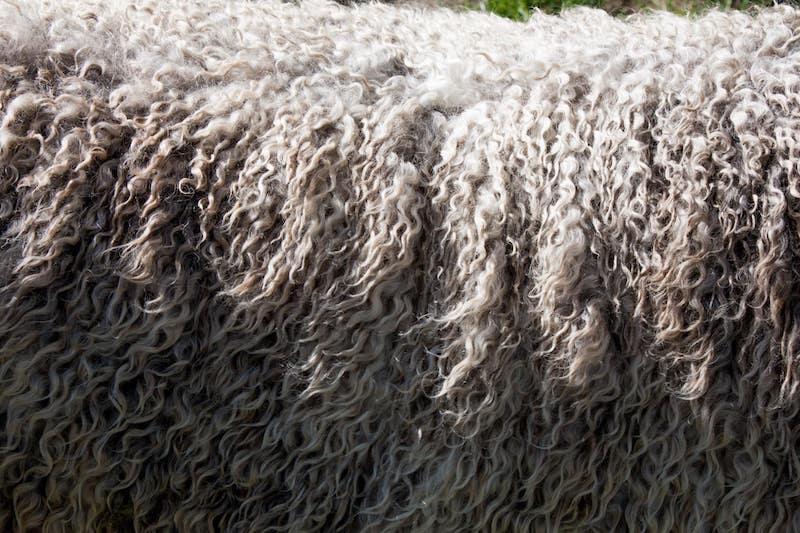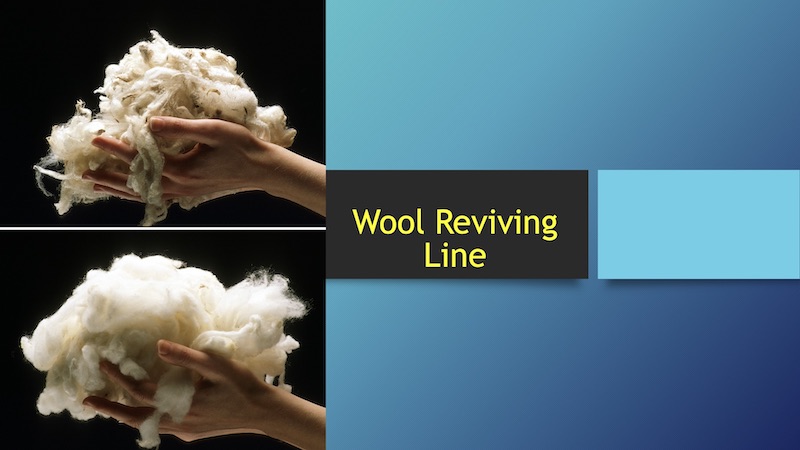Wool consumption within Iranian textile industry
Wool the first fiber used in Persia for textile production. Sheep yarn and goat hair were braided circa 6500 BCE, according to archeological findings, however, this data is disputed by some. There have also been discovered spinning whorls and warp weights going back to 5000 BCE. The French Mission at Susa discovered traces of tablet weaving around the end of the fourth millennium BCE or the beginning of the third millennium BCE. A weaving loom is also seen on a sealed tablet from the second millennium BCE, which, along with artifacts from later centuries, suggests that weaving was a common occupation.
Wool was manufactured across Persian empire by nomadic tribes and villages who possessed large flocks of sheep, goats, and camels. According to Olivier, yarn was the most significant fiber in Persia after silk by the end of the 1790s. Although there was some overlap, each type of yarn was utilized to manufacture distinct sorts of ultimate consumer items. Throughout Iran’s history, yarn has played a significant part in the country’s economy. Carpets, rugs, felts, headgear, garments, bedding, animal and floor coverings, wrapping materials, saddlebags, nosebags, ropes, and tenting were all made with it.
Various woven products, such as garments, felts, and carpets, have been referenced in medieval literature throughout history. Sheep yarn was the most significant wool commodity due to its wide distribution (nationwide), large volume, and economic significance (everybody needed it). Persian wool yarn, on the other hand, is coarse, making it ideal for carpet weaving but less so for export.
Domestic sheep yarn may be used to make outerwear like coats and jackets, as well as insulation items such as blankets and house accessories such as pillow coverings, and carpets can be manufactured from the heavier and coarser yarn.
Users of wool carpet manufacturers garment manufacturers
Wool has traditionally been used to make worsted and woven fabrics for clothes, carpet and apparel, but its durability, absorbency, and flexibility have made it a popular component in a variety of other sectors. Wool fibers are mechanically processed into yarns, threads, textiles, and nonwovens, all of which have a variety of applications. Textiles are yarn-based woven materials.
Major users of wool in Iran
Wool has traditionally been used to make worsted and woven fabrics for clothes and carpets, but its durability, absorbency, and flexibility have made it a popular component in a variety of other sectors.
The tribes created an unknown quantity and utilized it for their own needs. Raw yarn output was adequate to fulfill domestic demand while also leaving 25% for export.
Iran’s wool production
Iran produces a lot of wool, and the majority of it is utilized in the handmade carpet business. Iran also imports wool to make worsted yarn garments. Iran has 102 industrial wool spinning mills that create 24,000 tons of yarn per year, with a cottage sector producing the same amount.
However, until recently, Iran lacked the necessary processing capabilities for cashmere and hence exported all soft wool in its unprocessed form. This is a substantial loss of revenue, since Iran could earn 10 times more for its cashmere by exporting dehaired cashmere than it does now.
Import of wool
Iran bought $17.9 million worth of wool in 2019, making it the world’s 15th highest importer. Wool was the 305th most imported product in Iran in the same year. Iran imports wool largely from the UAE ($13.1 million), New Zealand ($4.19 million), Australia ($365 thousand), Uruguay ($160 thousand), and Germany ($56.4 thousand).
The new wool washing line was invented by an Iranian company
The importance of this rich raw resource is evident in the textile sector, as well as handmade and machine-made carpets because natural yarn is the most suitable fiber for human nature. Native sheep wool fibers cannot be spun into fine yarns in semi-worsted systems, which are primarily utilized in weaving handmade carpets.
The existence of dead and hairy fibers, camp and medullary fibers, and heterotypic fibers, which grow genetically alongside wool fibers and have a different physical structure than true yarn with a density of 1.32 g/cm3, is the cause.
Because of their length, fragility, non-curling, lack of colouration, and great diameter and thickness, extra, dead, and hairy fibers must be removed from the fibers. The wool fiber reduction manufacturing line, which has been registered in Iran and Switzerland, can process yarn fibers electrostatically at a rate of 300 kg per hour and has the following features:
• One of the most essential advantages of this method is the separation of dead fibers and hairy fibers from actual wool, which allows for the spinning of fine yarns with a quality of 5 to 20 metrics by enhancing fiber purity and generating wool tops. Dead and hairy fibers can also be recycled and utilized as a by-product in the thermal insulation sector and industrial felts.
• Because this technique separates about 80 percent of plant pollutants and animal manure, waste is converted into a soil amendment and returned to the normal cycle as a by-product.
• By reducing effluent and water consumption to the bare minimum (an 80 percent decrease in water consumption) in order to degrease wool fibers, cost-effective extraction of lanolin (precious yarn fat), one of the most valuable materials in the health and cosmetics business, becomes achievable.
They give wool its flexibility, elasticity, and resilience, resulting in goods that are simple to work with, durable, and wrinkle-resistant. On the surface of the yarn fiber, the epicuticle is one of the outer cuticle cell layers. Since 10,000 BCE, humans have been washing, weaving, and wearing wool. Interior textiles, décor, and carpet gave birth to the Merino sheep.
In 1789, King Charles IV of Spain presented the Dutch government with six Merino sheep as a gift.
Wool is a fantastic textile with incredible qualities. Normally wool fiber is 34 to 36 microns in thickness and has a protein chain structure. There are 20 to 25 thinner fibers inside each fiber, each one to two microns thick, and air bubbles travel inside the fiber-like capsules, creating excellent heat and cold insulation capabilities.






















